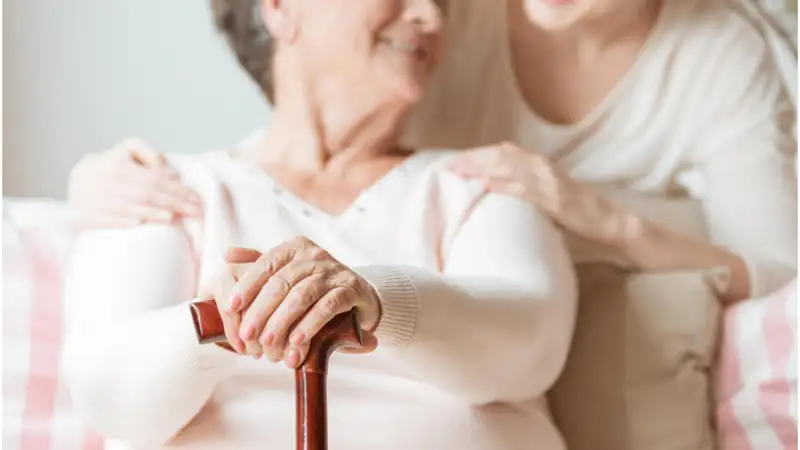Helping an elderly family member move around may seem easy, but did you know that doing it the wrong way could lead to injuries or discomfort? Many people do not realize how important proper movement support is until something goes wrong. If you want to keep your loved one safe and comfortable as they move through daily life.
This blog shares essential elderly care tips to ensure safe, comfortable movement assistance and improve seniors’ daily mobility and well-being. Let’s explore how to make movement easier, safer, and more caring.
Creating a Safe Space Starts at Home
Before helping seniors move, you need to make sure their surroundings are safe. Remove rugs that slide, keep pathways wide, and make sure all rooms are well-lit.
Simple changes like installing handrails in hallways or near beds and bathrooms can make a big difference. A safe space gives your loved one the freedom to move with less worry and gives you peace of mind as well.
Comfort Matters When Assisting Movement
When helping someone move, comfort is just as important as safety. Seniors often have stiff joints or weak muscles, which can make movement painful.
Use supportive shoes, cushions, or mobility aids if needed. Always talk with your loved one while helping them, so they know what to expect.
The Right Way to Support Daily Mobility
Caregivers don’t know the best way to support movement. It’s about learning the right body positions, posture, and timing.
Learn proper hand placements and support methods, especially when helping with standing up, sitting down, or walking. Training or simple online videos can help you understand the correct techniques that protect both you and the senior.
Why Planning Routines Makes a Big Difference
Routine is key to making movement easier for seniors. A daily plan with set times for walking, stretching, and rest keeps the body active and the mind calm. When movement becomes part of a regular schedule, it feels more natural and less tiring.
Planning also helps you avoid moments of rushing, which can lead to stress or accidents. Simple daily movement, even just from room to room, keeps seniors strong and confident.
When You Need Extra Help for Safe Mobility
Sometimes, you may need to do more than just guide or support. In these cases, tools like walkers, canes, or wheelchairs become important. Make sure they fit well and are used the right way.
If you are unsure, speak with a doctor or therapist. Also, remember that ambulation and transfer support for seniors is more than using tools-it’s about being kind, patient, and always alert to their needs. A good helper knows when to offer support and when to let them try on their own.
Stay Aware of How the Senior Feels
Pay attention to how your loved one reacts during movement. Are they in pain, tired, or afraid? If they often feel dizzy or weak, you should talk to a doctor.
Helping with movement is not just physical; it’s emotional too. Be calm, smile, and offer encouragement. This can turn a scary task into a moment of connection and care.
Give Your Loved Ones the Freedom to Move
Helping seniors move is not just about guiding their steps-it’s about giving them a chance to live with comfort, confidence, and safety. By following the right steps, making the space safer, and offering gentle support, you’re not only helping them stay mobile but also lifting their spirit. With time and practice, movement becomes smoother for both of you.
Did this guide help you? Browse the rest of this section for more advice on a variety of topics. My site.
